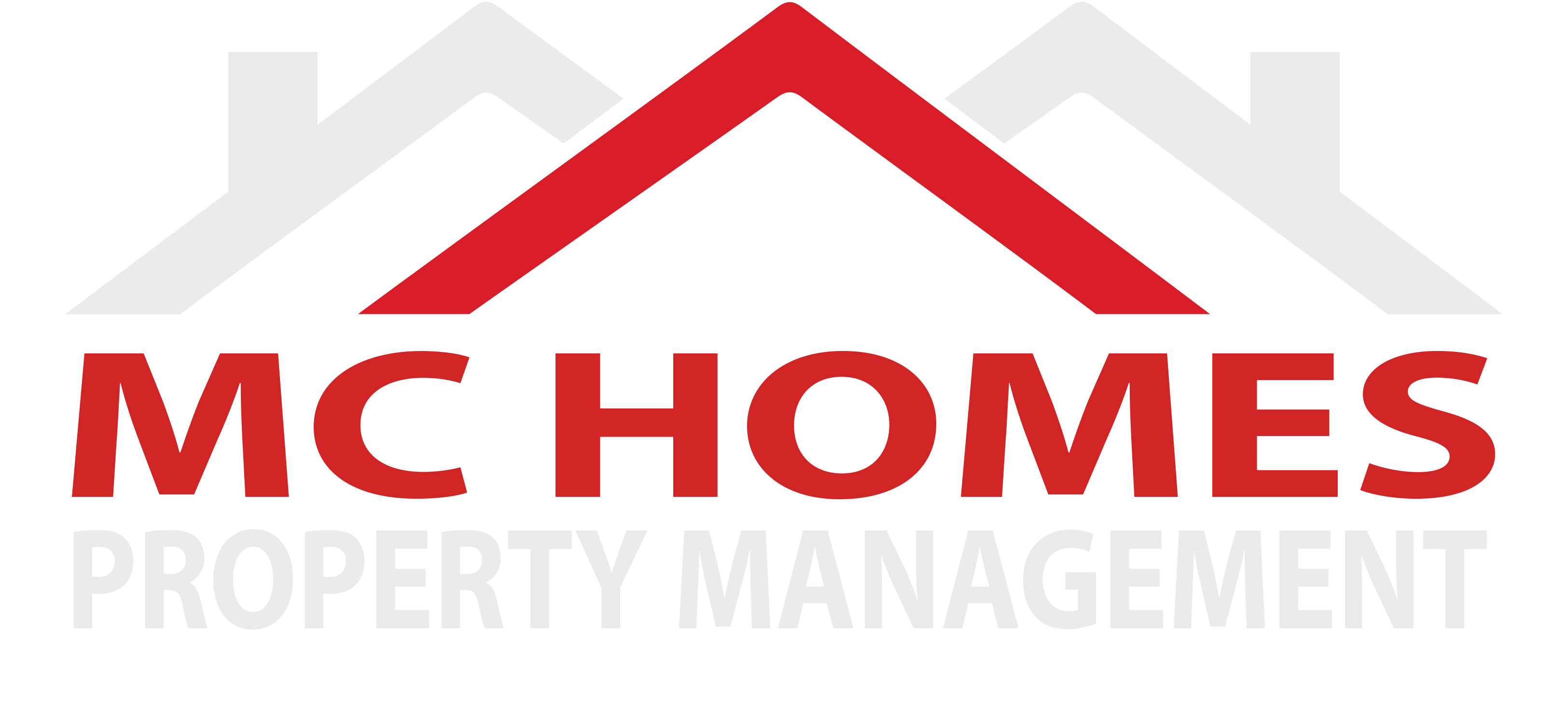Chapter 8: Adjournment and Follow-Up
Adjournment and follow-up represent the concluding phases of parliamentary proceedings, signaling the end of a meeting while also ensuring that important matters are addressed beyond the session. This chapter explores the significance of adjournment, the procedures for its execution, and the strategies for effective follow-up actions.
Importance of Adjournment:
Adjournment marks the formal conclusion of a parliamentary meeting, signaling the end of deliberations and the dispersal of the assembly. It provides closure to the proceedings, allowing members to conclude their business and resume their regular activities. Moreover, adjournment serves as an opportunity to reflect on the outcomes of the meeting, assess decisions made, and plan for future actions.
Procedures for Adjournment:
The process of adjournment typically involves the following steps:
- Recognition of Motion: A member may propose a motion to adjourn, signaling the desire to conclude the meeting. The motion requires a seconder, after which it is open for debate and discussion.
- Debate and Vote: Members have the opportunity to express their views on the motion to adjourn during the debate phase. Once debate concludes, the motion is put to a vote, and the outcome determines whether the meeting will adjourn.
- Announcement by the Presiding Officer: If the motion to adjourn is adopted, the presiding officer announces the adjournment of the meeting, officially bringing the proceedings to a close. The time and date of the next meeting may also be announced, providing clarity on future engagements.
Strategies for Effective Follow-Up:
While adjournment marks the end of a meeting, it also initiates a period of follow-up actions to ensure that decisions made during the session are implemented and that pending matters are addressed. Some strategies for effective follow-up include:
- Minutes and Records: Recording accurate minutes of the meeting is essential for documenting decisions made, actions taken, and matters discussed. Minutes provide a comprehensive record of proceedings and serve as a reference for follow-up actions.
- Action Items and Assignments: Identify action items arising from the meeting and assign responsibilities to appropriate individuals or committees for implementation. Clearly delineate tasks, deadlines, and deliverables to ensure accountability and progress.
- Communication and Dissemination: Communicate decisions, resolutions, and action items to relevant stakeholders, members, and constituents. Ensure that information is disseminated promptly and effectively to facilitate understanding and collaboration.
- Monitoring and Evaluation: Monitor progress on action items and follow-up activities to ensure that they are completed in a timely manner. Evaluate outcomes and assess the effectiveness of decisions made during the meeting, identifying areas for improvement or further consideration.
- Agenda Planning: Use insights gained from the meeting to inform agenda planning for future meetings. Identify emerging issues, topics for discussion, and strategic priorities to ensure that subsequent meetings are focused, relevant, and productive.
Conclusion:
Adjournment and follow-up represent integral components of the parliamentary process, marking the conclusion of a meeting while also initiating a period of reflection, implementation, and planning. By adhering to established procedures for adjournment and employing effective follow-up strategies, parliamentary assemblies can ensure that decisions made during meetings are translated into action and that the objectives of the assembly are advanced. Ultimately, the process of adjournment and follow-up contributes to the effectiveness, transparency, and accountability of parliamentary governance, serving the interests of the assembly and its constituents.


Comments are closed